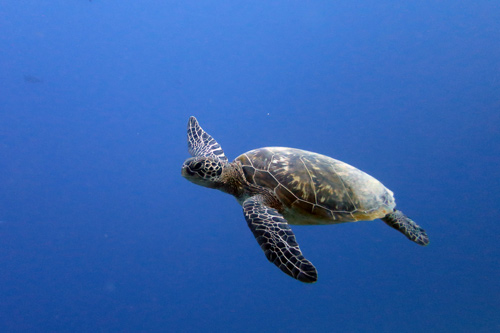Sea turtles are poikilothermic, meaning that they cannot maintain their internal body temperature efficiently and must therefore absorb heat from the surrounding environment to function normally. Depending on their life stage and species, sea turtles exposed to abrupt drops in temperatures may suffer from “cold-stunning”, or a form of hypothermia. Cold-stunned turtles can develop many clinical conditions, primarily lung, intestinal, skin and eye diseases, which often require urgent treatment to save the animal.

References:
- Anderson, E. T., Harms, C. A., Stringer, E. M., & Cluse, W. M. (2011). Evaluation of hematology and serum biochemistry of cold-stunned green sea turtles (Chelonia mydas) in North Carolina, USA. Journal of Zoo and Wildlife Medicine, 42(2), 247-255

